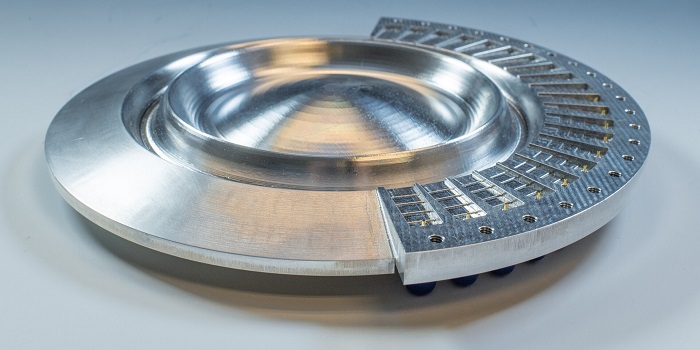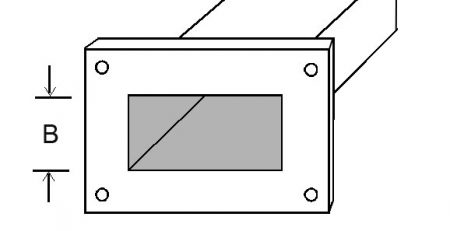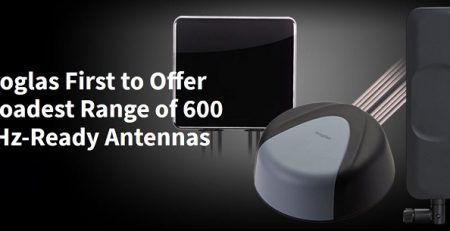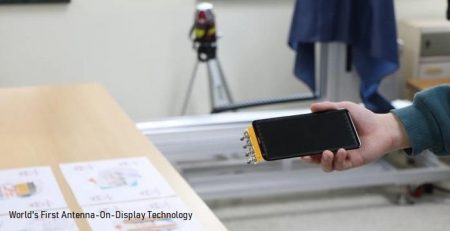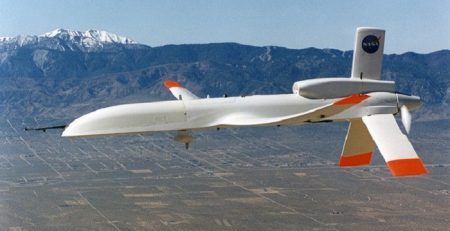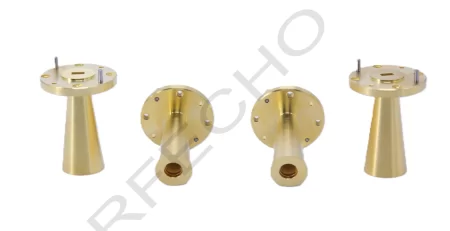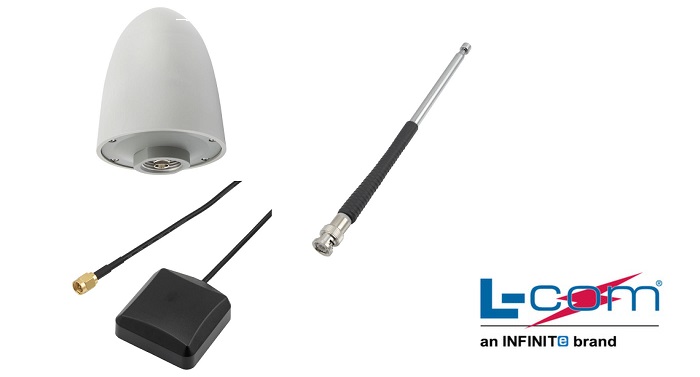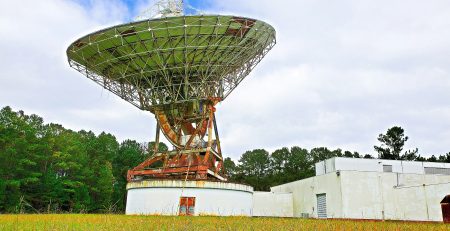Researchers Develop Water Drop Antenna Lens for Directing Radio Waves
Engineers from the ESA (European Space Agency) and Sweden’s Royal Institute of Technology (KTH), have designed a novel ‘water drop’ antenna lens for directing radio wave signals. In the same way that optical lenses focus light, waveguide lenses serve to direct electromagnetic radio wave energy in a given direction. This can be used to minimize energy loss when sending out a radar or a communication signal.
Traditional waveguide lenses have complex electrically-sensitive ‘dielectric’ material to restrict electromagnetic signals as desired. But once the top plate of this water drop waveguide lens has been added on, it comes down purely to its curved shape for directing signals through it.
The inventors of this new lens design, which received an ESA Technical Improvement award in February 2017, likes to call it the ‘water drop’ lens because its shape resembles the ripples produced by a water drop at the surface of a fluid. The lack of dielectrics in this shape-based design is an advantage, especially for space, where they would risk giving off unwanted fumes in an orbital vacuum.
The lens’s extremely simple structure makes it easy and cost-effective to manufacture, opening up avenues to a wide variety of potential materials such as metalized plastics. This prototype has been designed for the 30 GHz microwave range but the simplicity of its shape-based design also means it should be applicable to a broad frequency range- the higher the frequency, the smaller the structure, facilitating its integration.
The idea came out of a brainstorming session during a conference. KTH’s antenna engineer took the ‘Rinehart-Luneburg lens’, also called the geodesic lens, as their starting point. This is a cylindrical waveguide lens developed in the late 1940s, mostly for radar applications. They wanted the same performance while reducing its size and height. So the idea they had was to retain the functional curvature of the original design by folding it in on itself, reducing its profile by a factor of four in the specific case of the manufactured prototype.
This first prototype of a water drop lens was tested at KTH facilities to measure its radiation patterns, efficiency, and gain. While a conventional Luneburg lens might suffer from elevated dielectric losses, especially when used at higher frequencies, this design shows marginal signal loss thanks to its fully metallic design.
Besides space applications, such as Earth observation and satellite communications on small satellites, this antenna has also attracted the attention of non-space companies. The Ericsson company is looking into using the compact design for the fifth-generation mobile phone networks. The concept could also be used for guidance radars in the next generation of self-driving cars.


